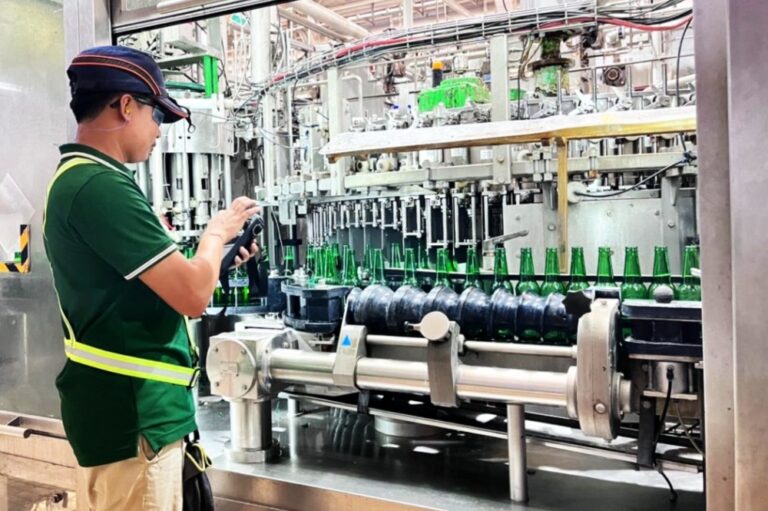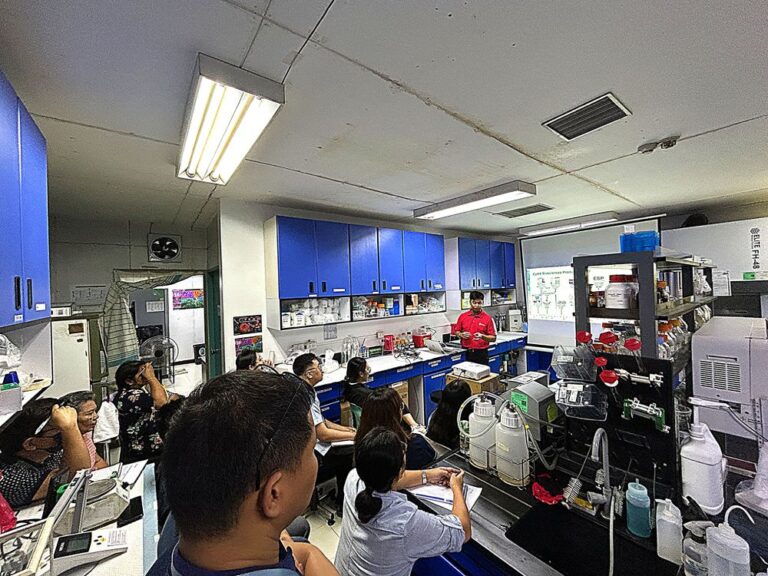Rethinking Tumor Models: Why Physiological Oxygen Matters in Cancer Research

One of the most overlooked variables in cancer research may be the very air that cells are grown in. While most in vitro studies are conducted under atmospheric oxygen levels of 21 percent, human tissues typically function at much lower oxygen levels, usually around 5 percent. This discrepancy is more than a technical detail. It has serious implications for how cancer behaves in the lab compared to how it behaves in the human body.
In solid tumors, hypoxia is not the exception but the norm. Over 90 percent of solid tumors experience regions of low oxygen, which directly influence cell metabolism, drug resistance, and metastatic behavior. Lung cancer, in particular, shows pronounced hypoxia even in its early stages. Yet despite this, much of tumor biology is still studied in conditions that are essentially hyperoxic.
This mismatch between experimental conditions and the true tumor environment may help explain why many hypoxia-targeting therapies fail to move from laboratory success to clinical application.
Advancing Toward More Physiologically Relevant Research Systems
To improve the relevance of in vitro studies, researchers are shifting toward systems that better reflect the oxygen conditions found in human tissues. Technologies such as dual-chamber workstations and portable oxygen-controlled incubators now allow for tissue processing, live-cell imaging, and analysis under carefully controlled oxygen environments.
DKSH Technology supports access to these advanced solutions across Asia, helping laboratories create conditions that more accurately reflect the complexity of the human body. One recent example is the installation of a Baker SCI-tive workstation and OxyGenie incubator at a major lung cancer research center in China. This setup is being used to establish a 3D organoid platform under physiological oxygen levels, providing a more accurate model for studying tumor development and metastasis.
When tools like these are paired with patient-derived organoids, researchers gain a clearer view into the structural and functional characteristics of tumors. Organoids preserve cellular diversity and mimic tissue-level behavior. When cultured under physiological oxygen, they offer a stronger foundation for predictive research.
The Role of Oxygen in Shaping Tumor Behavior
Controlling oxygen levels is essential for understanding how tumors grow and spread. Recent studies have shown that lung cancer cells exposed to hypoxia can release exosomes carrying circular RNAs that influence nearby cells. One such RNA, known as circUBR5, has been shown to lower reactive oxygen species, regulate iron metabolism, and increase resistance to ferroptosis. These effects contribute to the metastatic potential of cancer cells.
Beyond tumor-intrinsic mechanisms, hypoxia also alters communication between tumors and the immune system. A growing body of research has demonstrated how hypoxic conditions affect the synthesis and secretion of extracellular vesicles (EVs) from both cancer cells and immune cells, which in turn shape tumor progression.
For example, studies have shown that M2 macrophage-derived EVs can enhance the viability and migration of hypoxic non-small cell lung cancer cells by regulating signaling pathways like Hippo and HIF-1. Research from Nanyang Technological University further demonstrated that hypoxia induces dynamic changes in EV cargo, resulting in proteins that support tumor survival, metastasis, and immune suppression. In another study, EVs from intermittently hypoxic lung cancer cells were found to increase PD-L1 expression in macrophages, contributing to immune evasion.
These findings reflect the complexity of hypoxia-driven tumor ecosystems, where EV-mediated signaling plays a crucial role in cell-to-cell communication. Technologies like ONI’s Nanoimager, which enable super-resolution imaging of EV dynamics, are becoming essential tools for exploring these interactions with high precision.
Bringing Clinical Relevance Closer to the Bench
As oncology moves toward more personalized and targeted approaches, traditional cell culture models are no longer enough. To bridge the gap between lab results and patient outcomes, researchers need systems that replicate real biological environments as closely as possible.
DKSH Technology remains committed to supporting this evolution. Through our regional presence and partnerships, we provide access to oxygen-controlled platforms that recreate physiological conditions in vitro, along with advanced imaging and EV workflow systems that reveal how tumors adapt, communicate, and resist treatment. With dedicated application support and strong technical know-how, we help laboratories across Asia build models that are not only more realistic, but more predictive.
Establishing in vitro systems that combine oxygen regulation, 3D culture models, and EV analysis represents a pivotal shift in cancer research. It lays the foundation for more meaningful discoveries and a smoother path to clinical translation.
To explore how DKSH Technology can support your lab’s journey in physiological modeling or EV research, connect with our specialists or visit our life science solutions portfolio.
Sources:
- Hypoxia: a critical microenvironmental factor in facilitating lung cancer metastasis
Shanghai Chest Hospital - M2 Macrophage-Derived EVs in Hypoxic NSCLC:
A study explored how hypoxic environments affect non-small cell lung cancer (NSCLC) development and the role of M2 macrophage-derived EVs. It found that these EVs significantly enhanced the viability and migration of hypoxic A549 cells by regulating pathways such as Hippo and HIF-1 (https://doi.org/10.1186/s12890-023-02468-7) - Dynamic Changes in EVs Under Hypoxia:
Research conducted at Nanyang Technological University investigated how hypoxia induces dynamic changes in the synthesis and secretion of EVs by lung cancer cells. The study revealed that hypoxic conditions lead to the release of EVs packed with proteins that enhance tumor survival, support metastasis, and suppress immune responses (https://doi.org/10.3390/cancers12102917) - EVs from Intermittent Hypoxic Lung Cancer Cells:
Another study examined EVs derived from intermittent hypoxic lung cancer cells and their impact on PD-L1 expression in macrophages. This research highlighted the role of EVs in modulating immune responses under hypoxic conditions (https://doi.org/10.1007/s11325-021-02369-1)

About the Author
Raquel Magalhaes joined DKSH in 2023 as a Group Business Development Manager based at the Singapore office. She brings a wealth of experience in Biotechnology sales, cultivated through her impactful role at Thermo Fisher Scientific, and her research background with prestigious institutions. In her current role, she is responsible for driving sustainable growth in the Life Sciences sector.
Raquel Magalhaes
Life Science






